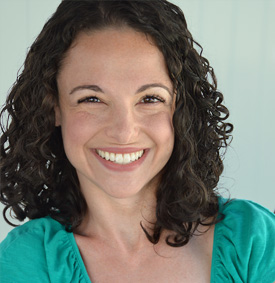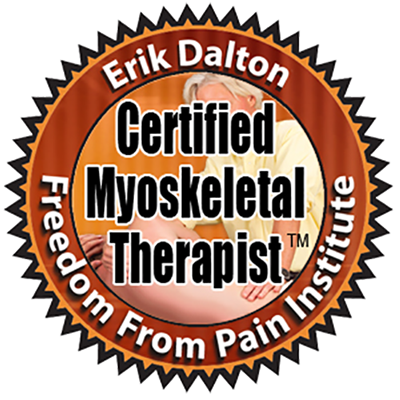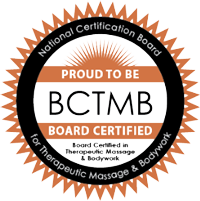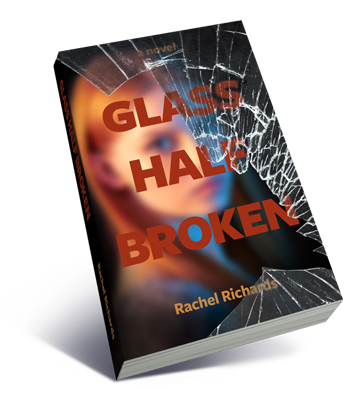News: February/March 2015
There's nothing to fear ... Unraveling the mystery of pain - Part 5
 Welcome to the fifth and final part of my series dedicated to unraveling the mystery of pain! If you've been following along, you now know that:
Welcome to the fifth and final part of my series dedicated to unraveling the mystery of pain! If you've been following along, you now know that:
- All pain has a sensory and an emotional component.
- You do not have to have an actual injury to feel physical pain.
- Our perception of pain is directly related to our experience of pain.
- Our bodies can easily become hypersensitive to pain.
- The brain's map of the body is often distorted.
Here we will explore another significant factor that shapes our experience of pain - fear. I've had clients cringe at the slightest touch, or even before I lay my hands on them. When I inquire about the reaction, they're often not sure whether or not they've experienced pain. After some conversation, we figure out that the client had not felt pain, but rather they cringed because they feared the pain they might have if I were to touch them. Pain and fear of pain are so closely related, people often confuse the two. And although they are not the same, pain can create fear, and fear can cause increased levels of pain. I work with my clients to break this distressing cycle by helping them learn to distinguish between actual and potential pain. We are basically retraining the brain to discern between real and imagined by feeding it accurate information.
Fear is the most powerful emotion in escalating pain, and often stems from the unknown. A person with an illness or injury will have less fear, and therefore less pain, if given a timeline of what to expect over the course of recovery. For example, let's say a person with tendinitis in his shoulder comes to me for treatment and I apply deep friction techniques to the injured tendon. If I let that person leave the session without explaining that his shoulder will likely feel sore for a day or two before the pain begins to improve, he may wake up the next morning worried that his condition has gotten worse. He'll have fear because he won't know what to expect. But if he is well informed, he will rest easier knowing that the soreness he experiences is a normal part of the healing process.
In addition to fearing touch, many people fear that movement will also cause pain. And it probably will, during the acute stages of an injury. But what happens when the pain becomes chronic? As discussed in my previous articles, chronic pain outlasts normal healing time and continues even after the noxious stimulus is no longer active. In other words, pain does not equal damage.
Fear of movement, or kinesiophobia, is common among those with chronic pain. But once a person understands that pain does not necessarily mean tissue damage this fear can be alleviated and she can begin to move more freely. This is essential to the healing process because physical activity blunts the experience of pain. Our brains prioritize multiple sensation signals, so when our motor systems are active, our brains actually shut down the pain-processing system.
Massage therapy is a wonderful way to help free up the body and mind of a chronic pain sufferer. With structural work and techniques used to improve range of motion and flexibility, a person's pain can be significantly reduced, or even eradicated, and day-to-day activities that were once challenging can be resumed. There is a marvelous sense of freedom and well-being that comes with the ability to move easily and without fear.
I hope this series of articles has given you insight into the complexity of pain, its causes, patterns, and treatments. Given the intricacy of our brains and diversity of our experiences, pain is a fascinating phenomenon to explore. If you experience chronic pain, perhaps this information has alleviated your fear of the unknown and helped you better understand the mechanisms of your pain. There is an ever-growing body of research describing the effectiveness of massage therapy for chronic pain. Now that you've unraveled the mystery of pain, allow massage to further increase your awareness of your body, free up your movement, and of course, ease your pain.
Source: Douglas Nelson, The World Massage Conference
Massage will move you
One of my massage teachers once told the class, "If you're not moving, you're dead." A bit macabre, yes, but very true. Movement is life and a key factor in obtaining and maintaining good health. Unfortunately, we are a society of sitters. We sit at school, we sit at work, and we sit in front of our computers and televisions. It's no wonder the U.S. is seeing an increasing number of joint and muscle disorders.
In conventional massage therapy, the client lays passively on the table as the practitioner applies soft tissue manipulation techniques. This is great for circulation and stress reduction, but what about addressing pain issues, rehabilitation, and postural discrepancies? A passive massage has many benefits, but it also has its limits and the positive effects are often temporary. In order to achieve truly significant, long lasting benefits, movement must play a role.
And so it does for my clients, both on the massage table and at home with corrective exercises. The hands-on work provides sensory input, and movement awakens our motor centers. The movement component not only benefits our bodies, but also activates our brains and creates new neural pathways. (See An active body = a bigger brain?) This is the basis of new learning and how we make positive changes in our bodies.
As research on movement and exercise continues to expand, my guess is that more and more practitioners will recognize the necessity of incorporating movement into massage sessions. So be prepared to get a massage and get moving!
Source: Massage Magazine, June 2014
What's new with me ...
I recently began an advanced certification course on myoskeletal alignment and am intrigued by the flood of new ideas, information, and treatment techniques it's already offered me. I've been putting it to practice with great results. Hooray for life-long learning!
I can hardly believe my little Sienna is going to be two years old on March 16th! I could go on about how bright and funny and adorable she is, but her pictures and videos tell it better.

Call or text me today
917-359-8641
I'd be happy to answer
any questions you have!
Massage@Rachel-Richards.com
Subscribe to my Youtube channel!
Did you know?





